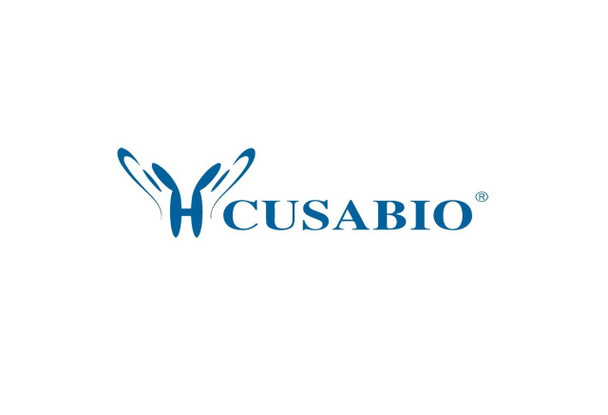Cusabio Polyclonal Antibodies
PTGS1 Antibody | CSB-PA035390
- SKU:
- CSB-PA035390
- Availability:
- 3 to 7 Working Days
Description
PTGS1 Antibody | CSB-PA035390 | Cusabio
PTGS1 Antibody is Available at Gentaur Genprice with the fastest delivery.
Online Order Payment is possible or send quotation to info@gentaur.com.
Product Type: Polyclonal Antibody
Target Names: PTGS1
Aliases: prostaglandin-endoperoxide synthase 1 (prostaglandin G/H synthase and cyclooxygenase)
Background: Cyclooxygenase-1 (COX-1), also known as prostaglandin G/H synthase 1, prostaglandin-endoperoxide synthase 1 or prostaglandin H2 synthase 1, is an enzyme that in humans is encoded by the PTGS1 gene. This is one of two genes encoding similar enzymes that catalyze the conversion of arachinodate to prostaglandin. The encoded protein regulates angiogenesis in endothelial cells, and is inhibited by nonsteroidal anti-inflammatory drugs such as aspirin. The protein may promote cell proliferation during tumor progression. Alternative splicing results in multiple transcript variants.
Isotype: IgG
Conjugate: Non-conjugated
Clonality: Polyclonal
Uniport ID: P23219
Host Species: Rabbit
Species Reactivity: Human
Immunogen: Synthetic peptide of human PTGS1
Immunogen Species: Human
Applications: ELISA, IHC
Tested Applications: ELISA, IHC;ELISA:1:1000-1:10000, IHC:1:20-1:100
Purification Method: Antigen affinity purification
Dilution Ratio1: ELISA:1:1000-1:10000
Dilution Ratio2: IHC:1:20-1:100
Dilution Ratio3:
Dilution Ratio4:
Dilution Ratio5:
Dilution Ratio6:
Buffer: -20°C, pH7.4 PBS, 0.05% NaN3, 40% Glycerol
Form: Liquid
Storage: Upon receipt, store at -20°C or -80°C. Avoid repeated freeze.
Initial Research Areas: Immunology
Research Areas: Cancer;Cardiovascular;Immunology;Metabolism;Signal transduction









